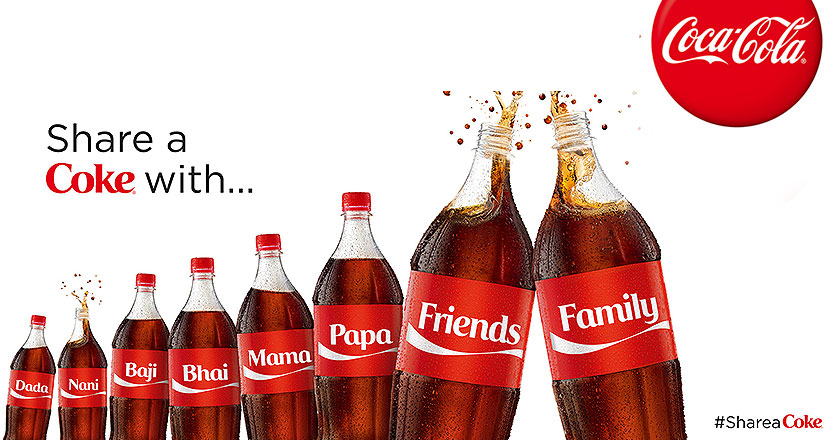Emotional marketing is a powerful strategy that businesses employ to connect with their customers on a deeper, emotional level. In today’s competitive market, where consumers are bombarded with countless advertisements and products, establishing a meaningful and lasting connection with customers is crucial for long-term success. Emotional marketing aims to evoke emotions in customers that lead to stronger brand loyalty, increased engagement, and ultimately, higher sales. In this article, we will explore the concept of emotional marketing, its importance, and how businesses can effectively use it to create stronger connections with their customers.
The Power of Emotions in Marketing
Emotions play a significant role in the decision-making process of consumers. When people make purchasing decisions, they are not always driven solely by rational factors like product features, price, or quality. Instead, emotions often guide their choices. This is where emotional marketing comes into play.
Emotional marketing is based on the idea that by appealing to customers’ emotions, businesses can create a more profound and lasting impact. It taps into human psychology and connects with people on a personal and emotional level. Emotions can range from joy and happiness to fear, nostalgia, empathy, and even anger. Successful emotional marketing campaigns leverage these emotions to trigger specific responses in consumers.
The Importance of Emotional Marketing
1. Building Brand Loyalty:
Emotional marketing helps build brand loyalty by creating a strong emotional bond between the brand and the customer. When customers feel a deep connection with a brand, they are more likely to remain loyal and continue buying its products or services.
2. Increasing Engagement:
Emotionally charged content and advertisements are more likely to grab consumers’ attention and engage them. People are more likely to share and discuss content that evokes emotions, leading to increased brand exposure and word-of-mouth marketing.
3. Enhancing Memorability:
Emotions make content more memorable. When customers have a strong emotional experience with a brand, they are more likely to remember it and recall it when making purchasing decisions.
4. Differentiation:
Emotional marketing can set a brand apart from its competitors. While products and services may be similar, the emotional connection a brand creates can make it stand out in the minds of consumers.
5. Influencing Decision-Making:
Emotions can heavily influence consumer decision-making. When customers feel a strong emotional connection to a brand, they are more likely to choose that brand’s products or services over others, even if they are more expensive or offer similar features.
How to Implement Emotional Marketing
Implementing emotional marketing effectively requires a thoughtful approach. Here are some strategies and tactics that businesses can use:
1. Understand Your Audience:
To evoke emotions in your target audience, you must first understand their preferences, values, and pain points. Conduct market research and create buyer personas to gain insights into what emotions resonate with your customers.
2. Tell Compelling Stories:
Stories have a unique ability to stir emotions. Craft narratives that align with your brand’s values and mission. Share stories of real customers or employees who have had positive experiences with your brand. These stories humanize your brand and make it relatable.
3. Use Visuals and Imagery:
Visual content, such as images and videos, can be powerful tools for emotional marketing. Use visuals that evoke the desired emotions in your audience. For example, if your goal is to create a sense of nostalgia, use images that trigger memories from the past.
4. Choose the Right Tone and Language:
The language and tone you use in your marketing materials should match the emotions you want to evoke. For instance, if you aim to create a sense of trust and security, use reassuring and empathetic language.
5. Leverage Social Media:
Social media platforms are ideal for emotional marketing. Share content that sparks conversations and encourages interaction. Respond to comments and engage with your audience to foster a sense of community and connection.
6. Highlight Customer Testimonials:
Positive testimonials and reviews from satisfied customers can be emotionally compelling. Showcase these testimonials in your marketing materials to build trust and credibility.
7. Create Emotional Ads:
Craft advertisements that tell a story and tap into emotions. Consider using humor, nostalgia, or empathy to connect with your audience. The goal is to make viewers feel something that resonates with your brand.
8. Support Social Causes:
Align your brand with social causes and issues that resonate with your target audience’s values. When customers see that your brand is committed to making a positive impact, it can create a sense of shared purpose and connection.
9. Measure and Adjust:
Use data and analytics to measure the effectiveness of your emotional marketing campaigns. Monitor metrics such as engagement, click-through rates, and conversion rates. Adjust your strategies based on the insights you gather to continually improve your emotional marketing efforts.
Examples of Emotional Marketing
To illustrate the power of emotional marketing, let’s explore a few real-world examples:
1. Coca-Cola’s “Share a Coke” Campaign:

Coca-Cola’s “Share a Coke” campaign personalized their products by printing common names on their soda cans and bottles. This campaign tapped into the emotion of nostalgia and the desire to connect with loved ones. By encouraging people to “share” a Coke with someone whose name was on the bottle, Coca-Cola created a sense of personal connection and nostalgia for its customers.
2. Dove’s “Real Beauty” Campaign:

Dove’s “Real Beauty” campaign challenged traditional beauty standards by featuring real women of all shapes, sizes, and backgrounds in their advertisements. This campaign tapped into emotions of self-acceptance, empowerment, and inclusivity, resonating with consumers on a deeply emotional level.
3. Nike’s “Dream Crazy” Ad with Colin Kaepernick:

Nike’s “Dream Crazy” ad featuring Colin Kaepernick took a stand on social justice issues and the right to protest. This ad tapped into emotions like empowerment, bravery, and social responsibility, making it a highly impactful and emotional marketing campaign.
4. Always’ “Like a Girl” Campaign:

Always’ “Like a Girl” campaign aimed to redefine the phrase “like a girl” as a positive and empowering statement. By highlighting the negative stereotypes associated with the phrase and challenging them, the campaign evoked emotions of empowerment, confidence, and social change.
Conclusion
Emotional marketing is a powerful strategy that businesses can use to forge stronger connections with their customers. By understanding their target audience, telling compelling stories, using visuals and language that evoke emotions, and aligning with social causes, brands can create a lasting emotional bond with their customers. The importance of emotional marketing lies in its ability to build brand loyalty, increase engagement, enhance memorability, differentiate a brand, and influence consumer decision-making. In today’s competitive market, emotional marketing is not just a strategy; it’s a necessity for businesses looking to thrive and connect with their audience on a deeper level.


